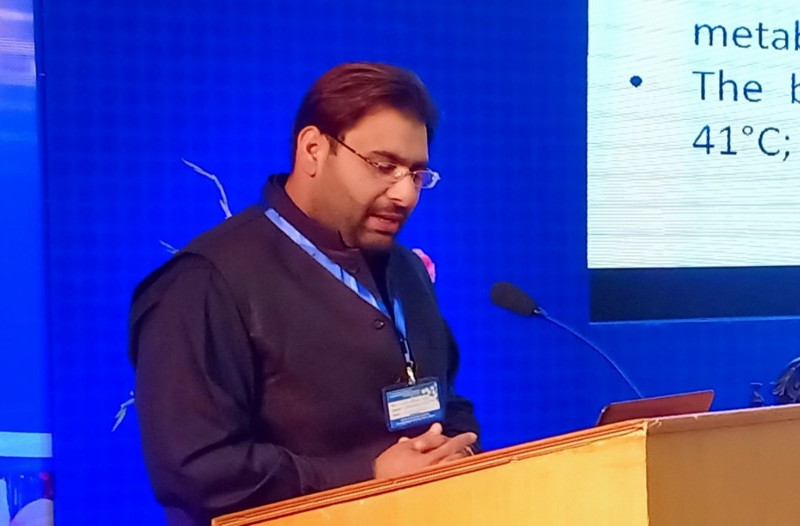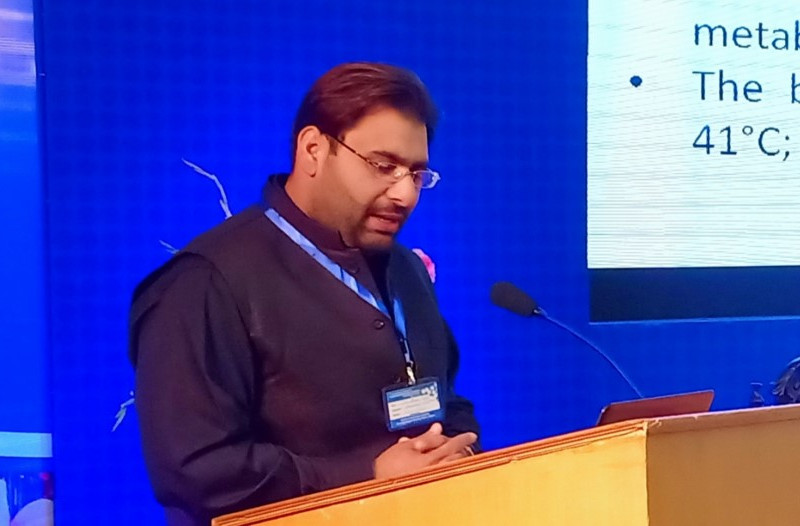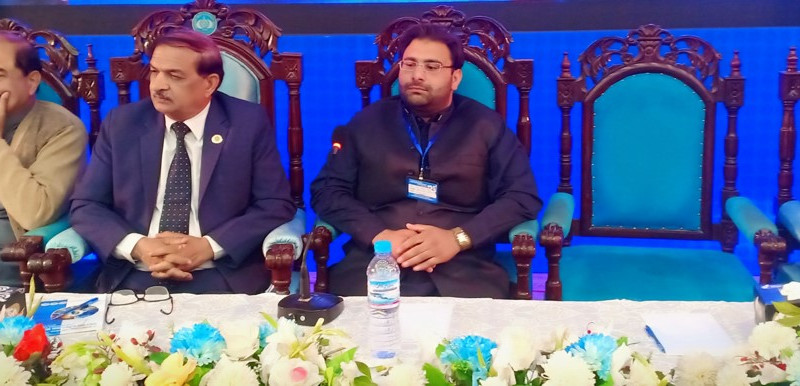Conferences and Seminars
4th International Conference Food and Nutritional Security in Changing Climate on March3-4, 2019 at Jinnah Auditorium Bahauddin Zakariya University Multan, Pakistan

4th International Conference Food and Nutritional Security in Changing Climate was held on March 3-4, 2019 at Jinnah Auditorium Bahuddin Zakariya University Multan. This Conference was organized by Institute of Food Science & Nutrition Bahuddin Zakariya University Multan. The focus was on nutritional food security, the hindrances in food production, production constraints, awareness about the wastage of food and exploration of new resources to the food chain which could help in bridge the gap of food production in the changing climate. ISOCARD was introduced and presented by Dr Asim Faraz (Executive Member & PRO ISOCARD). A talk on role of camel as a food security animal in changing climate was given by Dr Asim Faraz. The synopsis is given below with few pictorial glimpses from the Conference.
“Camel – A food security animal of desert ecosystem in changing climate by Dr Asim Faraz”
Food security has become a major issue in the world due to explosion of human population. To combat this situation, exploration of new world of resources is need of the time. The camel seems extremely important addition to the food chain, as it provides milk, meat and by-products of economic importance. Camel plays a vital role in the subsistence pastoral economy in the diverse eco-zones extending from India and Gobi desert in central Asia to Ethiopia and Somalia in the horn of Africa. Due to its appearance and ability to survive in a hot, harsh arid environment and to tolerate many stresses, e.g. heat, scarcity of water or water with high salinity and shortage of feed, camel has fascinated mankind. It can digest dry matter as well as all the nutrients especially crude fiber better than other ruminants. The dromedary is the most important among the domestic animals in the hot, arid and semi-arid regions as it has potential to produce higher quality foods like meat and milk under extremely harsh weather at comparatively lower costs. It has great tolerance to higher temperatures, solar radiation and water scarcity. It can thrive well on sandy deserts with poor vegetation and mainly consume those feed material that is unutilized by several other domestic animals. Camels in Pakistan are very well adapted to their native environment and can sustain life in hot and harsh deserts. The dromedary camel is a best source of milk and meat especially for those areas where production performance of other animals is adversely affected by the harsh environmental conditions. This is due to its unique physiological characteristics that enable him to tolerate higher temperatures, solar radiations, water scarcity, poor vegetation and rough topography.




